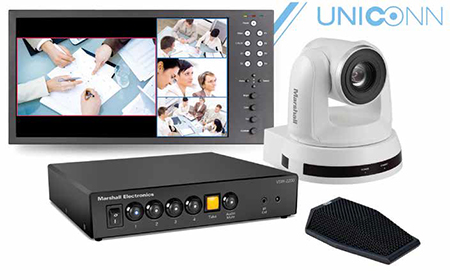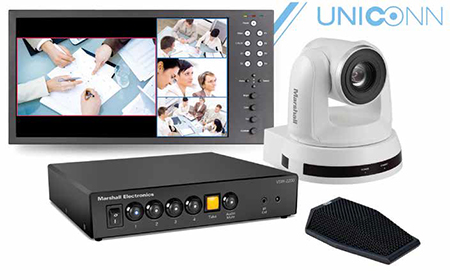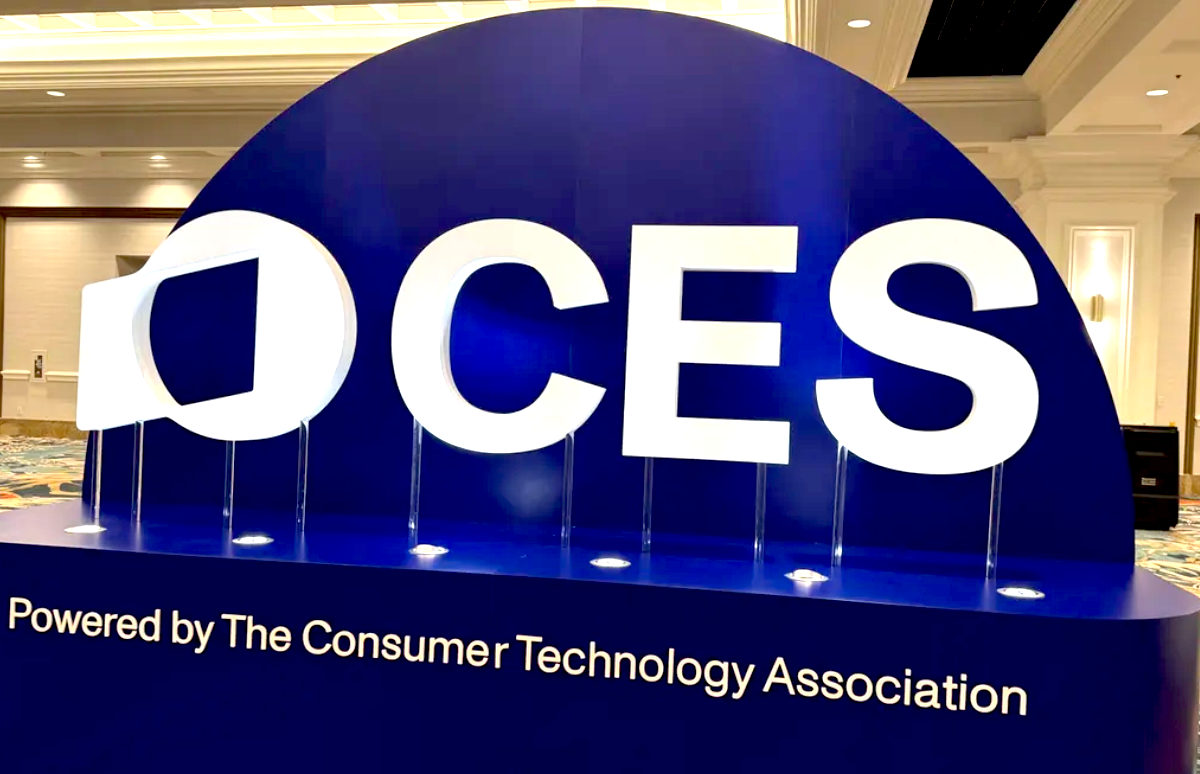Improving the User Experience in Conferencing

IT’S NEVER BEEN EASIER TO ENHANCE THE COLLABORATION EXPERIENCE.
Why would a company spend the money and time to install a better camera, mic, and lighting for their conference room? It does not improve the experience for the party originating the call, in reality. It’s the receiving party who benefits the most. They see a better picture, and hear the conversation more clearly. But, if you are the originating party, the age-old question may pop up… “What’s in it for me?”
It’s for the same reason we wear a suit and tie for an important meeting. It makes us feel better about ourselves. I love to hear the party on the other side say, “Perry, you look great!” Audio has a more practical reason. It is also to make sure you are clearly understood. Bad audio can cause a problem. But a better camera and lights? Yes, these also have a significant impact on the picture quality and are necessary for a better conferencing experience.

Marshall Electronics’ VSW-2200 Seamless Switcher, offering four inputs & auto-switching between 3G/HD/ SD-SDI formats, allows smooth transitions between camera views, making it a useful solution for live broadcasts, teleconferences, or live streamed events. The VSW-2200 Seamless Switcher is ideal for small to medium-sized conferences or productions requiring up to four cameras. It is controllable via RS-232 or IR remote control, and supports re-clocking and equalization. The VSW-2200 is part of Marshall’s Unified Communications solutions. With the advent of low-cost software for web conferencing, along with new collaboration capabilities, videoconferences are rapidly growing in popularity and taking the place of audio-only conferences. If it doesn’t cost anymore to add video to a call, why not add it? There is nothing like a face-to-face conversation.
In the past, videoconferencing equipment was reserved for the “important” conversations, taking place in the executive conference room. Major customer presentations, shareholder meetings, and the like were considered worthy of the expense of a videoconference. The telephone was good enough for the routine calls. A good videoconference system cost upwards of $20,000 and more.
When Skype and similar consumer video calling systems were introduced into the market, corporate America quickly adapted the technology to their existing conference rooms. But the calls were still few and far between. The service quality was still new—and limited. A consumer web cam with a pinhole mic was good enough. As long as we could see and hear (kind of) the other party, that’s all we needed.
Today, however, the software is greatly improved. The audio transmission is clearer, and the video is capable of 1080p. The first thing that is happening is that the users are finding that a quality mic is required. And, moving it closer to the person speaking is essential. It’s not to say that the mic in a consumer web cam is not good quality. Sound is very complicated, and crucial to a meeting. The pinhole mic is good for someone within 5 to ten feet of the mic, and in a small room. When you add distance to the mic, and enter a larger room, the mic can’t keep up. It’s the physics of sound.
A daily selection of features, industry news, and analysis for tech managers. Sign up below.
Since we are spending more time on video conference calls, the users are getting more demanding. They want the best experience they can get. A really good mic is not that expensive. And you no longer need echo canceling in the mic anymore. It’s done in the software. Why use a mic that is not meant for a conference room? There are more elaborate mic systems that can cover an even larger area, and are still reasonably priced. In audio, there is no One-Size-Fits-All.
The same holds true for a camera. Now that the conferencing services can transmit high definition, why not use it? The cost of a Full-HD 2 megapixel miniature POV camera is now only around $450. A good USB, HD pan/tilt/zoom camera is under $1,000 these days. It’s a far cry from the costs even three years ago. People are also moving the camera off the top of the monitor, and lowering it to eye level. We want to look someone in the eye, not at the top of their head.
Adding a fill light in the front of the room takes away the shadows from the overhead fluorescent lighting that dominates the conference room. It makes us all look better, and maybe even younger. Isn’t that want we all want?
Back to my original question about spending the time and money on something that benefits the receiving party. Why do it? It’s like wearing that brand new suit; it leaves a good impression with your audience. And that is what makes a business successful.
Perry Goldstein is the director of Business and Product Development, Unified Communications, for Marshall Electronics.
Info
Marshall Electronics
www.lcdracks.com
